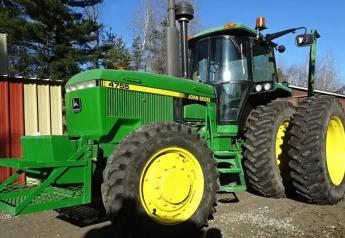River Rebound: Is the Shipping Crisis on the Mississippi Ending?

The shipping crisis on the Mississippi River might finally be ending. Since last July, the U.S. Army Corps of Engineers has been dredging the river 24 hours a day, seven days a week to ease shipping backups.
With improved snowpack in areas such as Montana and precipitation through the midsection of the country late last fall and this winter, the Mississippi River and its tributaries could be back to normal by this spring.
“When you look at the river gauges for points such as Memphis, Tenn., and St. Louis, Mo., we’re seeing water levels equal to or at least comparable to this time last year,” says Mike Steenhoek, executive director of the Soy Transportation Coalition.
For instance, on Feb. 13, the river gauge reading in Memphis, Tenn., was at 10.3'. Last October, the river level was nearly at negative 11'.
“So, we’ve seen about a 20' swing in river levels since last fall, which is really meaningful,” Steenhoek says.
ROAD TO RECOVERY
While the trend is in the right direction, Steenhoek says it takes time for barge and river traffic to resume normal levels. This will impact the southern movement of grain for export channels, he adds, and inputs and other products being moved north for the 2023 growing season.
Beyond a return to average water levels, Steenhoek says barge freight rates have also eased in the past year. In early February, USDA reports the barge rate for a shipment originating in St. Louis was $18.55 per ton. That is 26% less than a year ago. Last October, freight rates for St. Louis cargo hit $105.85 per ton.
Listen to Mike Steenhoek on AgriTalk:







